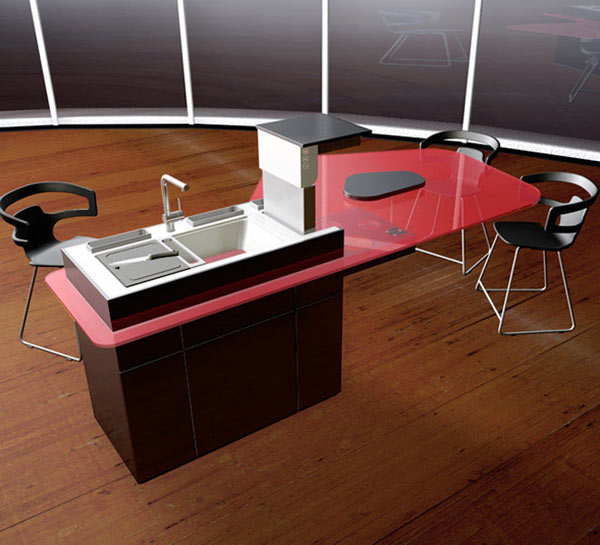- Select a language for the TTS:
- UK English Female
- UK English Male
- US English Female
- US English Male
- Australian Female
- Australian Male
- Language selected: (auto detect) - EN
Play all audios:
Explaining his point, Kamath, through a series of 7 visual posts, shared that 1 in 10 households use smart home devices. However, Kamath said that smart TVs should not be counted. A reason
for this possibly might be because of the rampant availability of smart TVs across households these days with over 90% of TVs sold today being smart TVs.
“I've tried a bunch of smart home systems over the years, the problem for me has always been user interface, and the needless complexity and useless options. The answer here might be the
simplest thing that works, UI is everything,” he said.
India has the third-largest smart home devices market, valued at $3.86 billion. India’s home automation market is expected to rise fourfold to $14.93 billion in less than 10 years by 2033.
Kamath, in his post, added that 45% of Indians are willing to pay to make their lives easier with the home automation market expected to grow at a 16-21% CAGR between 2025-33 period.
Yet, there is something striking in the data Kamath shared. Despite an internet penetration of 55%, connected home devices penetration as a percentage of households stands at less than 10%,
which means, as Kamath notes, “India sure has a good share of smart appliances, However, when you look at smart homes as a whole, meaning a more integrated system of devices, India still has
a long way to go.”
For a market like India, like other markets including the US, Japan and Korea, home entertainment accounts for the highest share of smart devices present in households. Smart home
entertainment, including smart TVs and speakers, are present in at least 35-40% of households.
Kamath concludes by observing: “As urban lifestyles evolve and segments like DINKs (Double Income, No Kids), SINKs (Single Income, No Kids), DISKs, and high-income households continue to
grow, automation is steadily becoming a part of everyday living.”
He leaves us with a thought-provoking question—one you might find yourself pondering—“what if the idea of a ‘smart home’ becomes so normal that we stop calling it smart-and just call it
home?”






